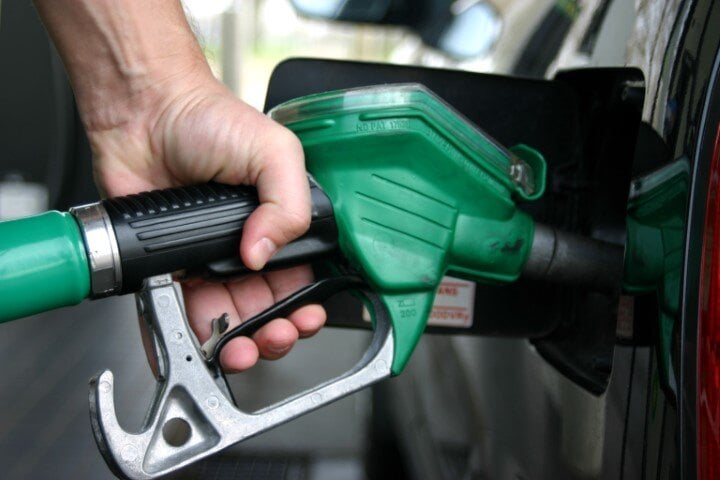Finding More Ethanol Free Gas
Now that drivers spent 2011 learning about how bad ethanol was for them, the big question in 2012 is going to be where can I find gas without...
As you drive by your nearest gas station, it probably brings a smile to your face to see gas prices dropping below $2.50 for the first time in five years (unless you live in a state like New York or Hawaii). Indeed, gas prices have dropped for almost 90 straight days (in fact, it probably will be over 90 once this post gets published).
All this is happening just in time for the Christmas and post-Christmas spending seasons. Lower gas prices mean more money available to either buy presents or pay off the Christmas expenses after the fact.
Drivers aren’t the only people being impacted by falling gas prices. The Ethanol Industry is also feeling the effects. Falling gas prices are putting greater pressure on ethanol producers because, the lower the difference in price between regular gasoline and E85, the less chance drivers are going to go with the ethanol fuel.
Ethanol fuel prices are influenced most by the cost of corn. But consumer behavior is most influenced by the cost of gasoline relative to the cost of ethanol. Take a state like Minnesota, for example. Earlier in the year, regular gas was $3.24 while E85 cost $2.77. But a record corn harvest has caused the cost of E85 to drop, now down to below $1.80 a gallon. Meanwhile, gas is also dropping, now sitting at $3.14 in the same market.
If everything else stays the same, more people are likely to choose E85 now because of the larger price discount – over $1.00 a gallon. The price difference is enough that it’s worth it for them to eat the lower gas mileage they know they’re going to get.
In order to be financial viable for consumers, E85 has to be cheaper than regular gasoline because drivers know they get significantly lower mileage with it.
So more people may be choosing to buy E85 because it’s cheaper. That creates more demand for it, which is a good thing for businesses that make it. But this is balanced by the afore-mentioned record corn harvest that has caused corn prices per bushel to plummet. So people are buying more, but the industry itself is making less per unit of production.
Taken in sum, all of this is good news for the ethanol industry and the drivers who have a choice whether to use it or not. But there’s still the issue of the Renewable Fuels Standard (the RFS). After spending a year debating whether to revise total volume requirements for fuels like ethanol, Congress has placed a seed of doubt into the equation.
Industry analysts know that the RFS is the real driving force behind how much ethanol we use for fuel. It doesn’t matter how good the corn harvest is, or whether E85 gets priced at $1.85 or $2.85. What matters most is the mandate that Congress gives everyone else on how much ethanol should be used. A lot of people blame the EPA for whatever they don’t like about the whole ethanol fuels issue. But in reality, the EPA is just the enforcement arm. It is Congress that sets the direction and defines the general rules.
Congress has been debating and discussing the future of the RFS for many months now. And they announced back in November that they would not have a final decision on the direction of the RFS before the end of the year. Nor did they guarantee they would have it by any particular time early or late in 2015, though one would expect them to have to make a decision sooner rather than later.
Whatever Congress decides on the RFS is going to have the most impact on ethanol pricing and availability for drivers in the future.

Now that drivers spent 2011 learning about how bad ethanol was for them, the big question in 2012 is going to be where can I find gas without...
Dave Van Sickle of the Examiner newspaper group penned an informative piece earlier in March concerning a primer on the problems that consumers are...

All modern vehicles are equipped with computerized engine controls to reduce emissions and maximize fuel economy and performance. When oxygenates...